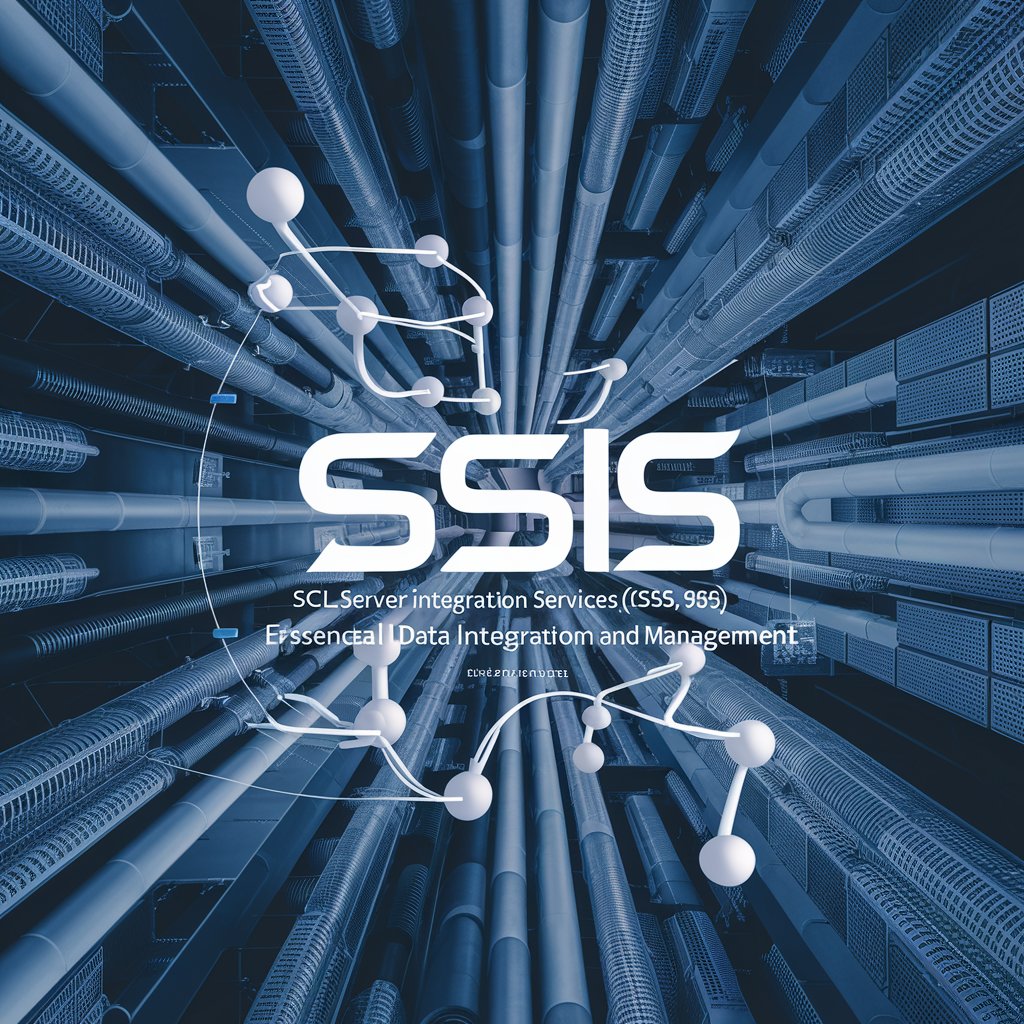Comprehensive Guide to SSIS-950: Unlocking the Power of SQL Server Integration Services
Introduction
In today’s data-driven world, efficient data management and integration are crucial for businesses to stay competitive. One powerful tool that facilitates this is SQL Server Integration Services (SSIS), specifically the SSIS-950 version. This comprehensive guide delves into the features, benefits, and applications of SSIS-950, providing insights to help you leverage its full potential.
“SQL Server Integration Services (SSIS 950) is a powerful tool from Microsoft SQL Server designed to facilitate the efficient movement and management of data between various systems, enabling streamlined data integration and transformation.”
1. Understanding SSIS-950
1.1 What is SSIS-950?
SSIS-950 is an advanced version of Microsoft’s SQL Server Integration Services. It is a platform for building enterprise-level data integration and transformation solutions. SSIS-950 helps organizations efficiently move data between different systems, perform complex transformations, and automate data workflows.
1.2 Key Features of SSIS-950
- Enhanced Data Flow: SSIS-950 provides robust tools for designing data flows, including advanced transformations and data cleansing features.
- Improved Performance: With optimized processing and better resource management, SSIS-950 offers improved performance compared to previous versions.
- User-Friendly Interface: The integration of an intuitive user interface simplifies the creation and management of data workflows.
- Scalability: SSIS-950 is designed to handle large volumes of data and complex data integration scenarios.
2. Benefits of Using SSIS-950
2.1 Efficient Data Integration
SSIS-950 allows seamless integration of data from various sources, such as databases, flat files, and cloud-based systems. This efficiency reduces manual data handling and minimizes the risk of errors.
2.2 Streamlined Data Transformation
The tool offers powerful data transformation capabilities, enabling users to clean, aggregate, and manipulate data according to their needs. This ensures that data is accurate and ready for analysis.
2.3 Automation and Scheduling
SSIS-950 supports automation of data workflows, including scheduling tasks to run at specified times. This automation reduces the need for manual intervention and ensures timely data processing.
2.4 Robust Error Handling
The version includes advanced error-handling mechanisms to manage and resolve data processing issues. This feature enhances the reliability of data workflows.
3. Getting Started with SSIS-950
3.1 Installation and Setup
To begin using SSIS-950, you need to install SQL Server and configure the Integration Services. The setup process involves downloading the software, running the installer, and following the on-screen instructions.
3.2 Creating a Data Flow
- Open SQL Server Data Tools (SSDT): Launch SSDT and create a new Integration Services project.
- Design Data Flow: Use the Data Flow Task to design your data flow. Drag and drop components like Source, Transformation, and Destination to build your workflow.
- Configure Components: Set up each component’s properties to define how data should be handled.
3.3 Deploying SSIS Packages
After designing your data flows, deploy SSIS packages to the SSIS catalog or a file system. Deployment involves uploading the package to your server and configuring execution settings.
4. Advanced SSIS-950 Features
4.1 Data Mining and Analysis
SSIS-950 integrates with SQL Server Analysis Services (SSAS) for advanced data mining and analysis. This integration helps in discovering patterns and insights from your data.
4.2 Custom Scripting and Extensions
The tool supports custom scripting using C# or VB.NET, allowing users to create custom tasks and transformations. This flexibility enhances the functionality of SSIS-950.
4.3 Integration with Cloud Services
SSIS-950 provides connectors for cloud-based services like Azure, enabling smooth data integration between on-premises and cloud environments.
5. Best Practices for Using SSIS-950
5.1 Optimize Data Flow Performance
To ensure optimal performance, use data flow transformations efficiently and minimize data conversions. Regularly monitor performance and adjust settings as needed.
5.2 Implement Robust Error Handling
Configure error-handling and logging mechanisms to capture and address issues promptly. This practice ensures that your data workflows run smoothly.
5.3 Regularly Update and Maintain
Keep SSIS-950 updated with the latest patches and updates. Regular maintenance ensures that you benefit from the latest features and security enhancements.
6. Common Issues and Troubleshooting
6.1 Performance Bottlenecks
If you experience performance issues, check for data flow bottlenecks and optimize your transformations. Use performance monitoring tools to identify and resolve issues.
6.2 Connectivity Problems
Ensure that all data sources and destinations are correctly configured and accessible. Verify network connections and credentials if you encounter connectivity problems.
7. FAQs
7.1 What is the difference between SSIS-950 and previous versions of SSIS?
SSIS-950 offers enhanced performance, advanced features, and a user-friendly interface compared to previous versions. It also includes better support for cloud services and custom scripting.
7.2 How can I improve the performance of my SSIS-950 packages?
Optimize data flows by minimizing data transformations and using efficient data processing techniques. Regularly monitor performance and adjust settings based on your needs.
7.3 Can I integrate SSIS-950 with other SQL Server components?
Yes, SSIS-950 integrates seamlessly with other SQL Server components like SQL Server Analysis Services (SSAS) and SQL Server Reporting Services (SSRS) for comprehensive data management and analysis.
7.4 How do I deploy SSIS-950 packages?
Deploy SSIS-950 packages by uploading them to the SSIS catalog or file system. Configure execution settings and schedules to automate and manage your data workflows.
8. Conclusion
SSIS-950 is a powerful tool that revolutionizes data integration and transformation. By leveraging its advanced features and following best practices, organizations can streamline their data processes, enhance performance, and achieve better business insights. Whether you are a seasoned professional or new to SSIS, this guide provides valuable insights to help you make the most of SSIS-950 and optimize your data management strategies.
This comprehensive article aims to provide in-depth information on SSIS-950, ensuring that it is both informative and easy to understand. It includes practical insights and solutions to help users maximize the potential of SSIS-950.






